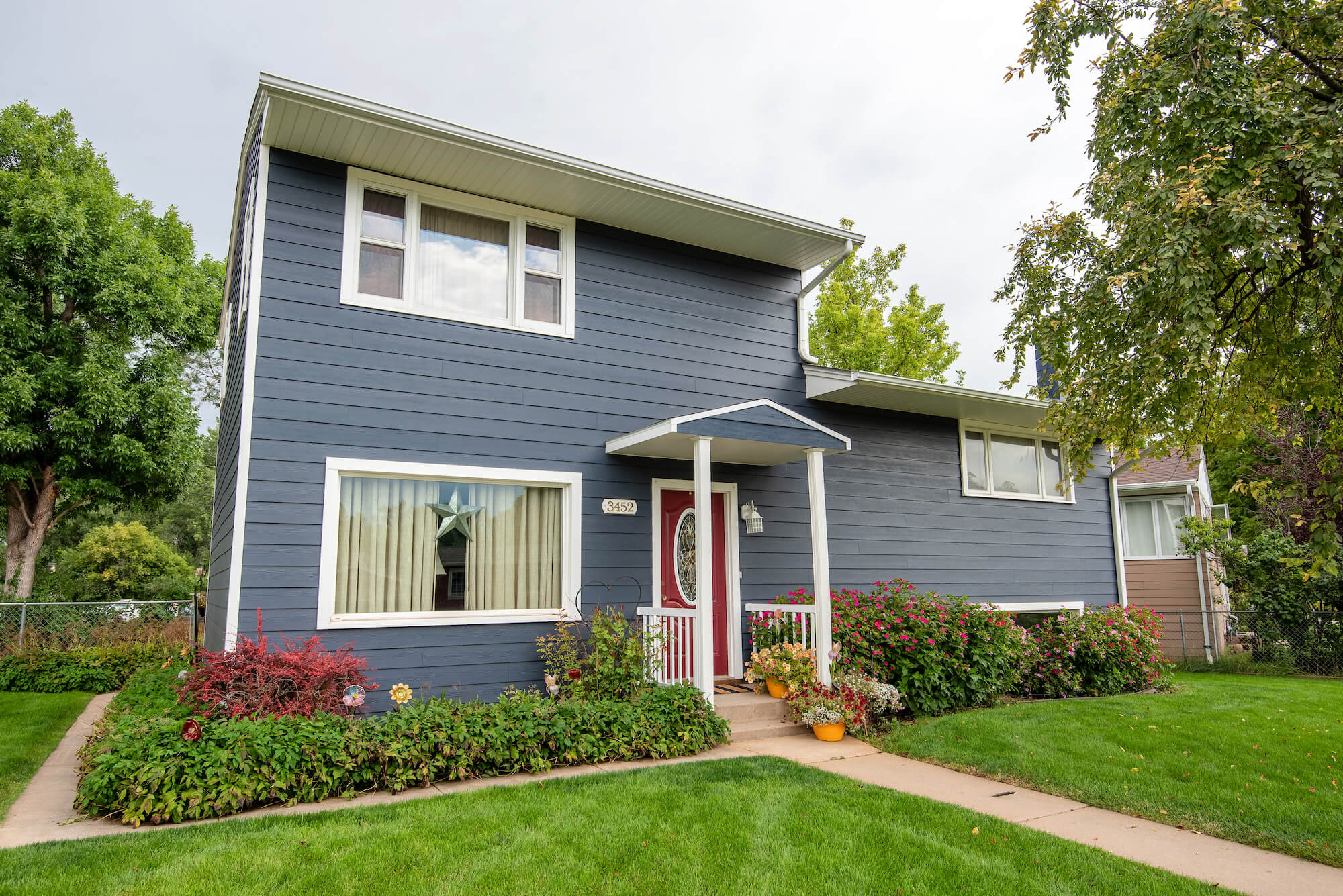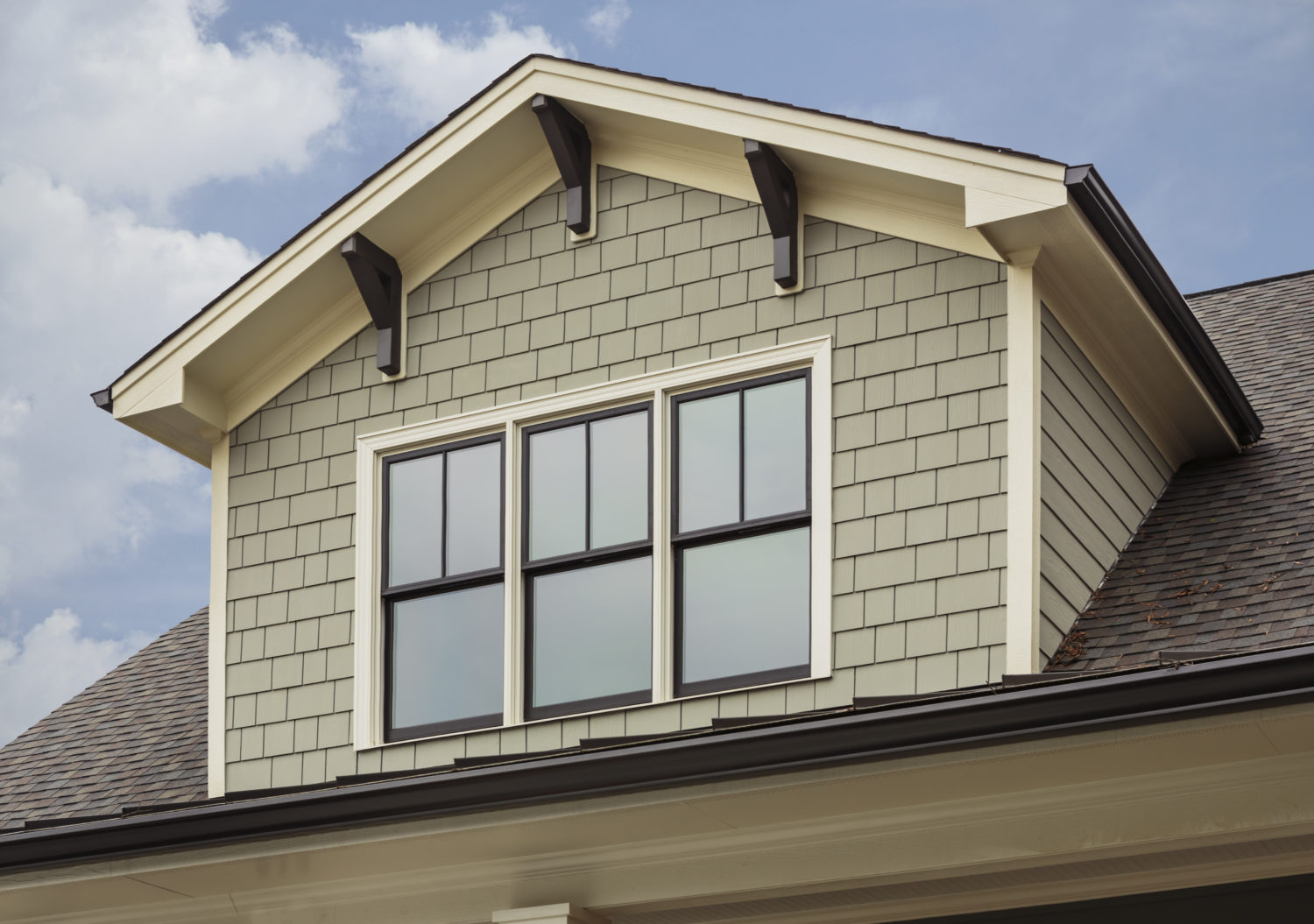Enhancing Your Home: Painting Hardie Siding
Painting hardie siding is more than just a task—it's a transformative process that can breathe new life into your home's exterior. From boosting curb appeal to providing durable protection, painting hardie siding offers a range of benefits that go beyond aesthetics.
Let's dive into the world of painting hardie siding and discover how this simple upgrade can make a significant difference.
Before you pick up that paintbrush, there are crucial steps to consider and techniques to master. Whether you're a seasoned DIY enthusiast or a first-time painter, this guide will equip you with the knowledge you need to tackle this project with confidence.
Benefits of Painting Hardie Siding
Painting Hardie siding offers numerous advantages over leaving it unpainted. Not only does it enhance the aesthetic appeal of a home, but it also provides additional protection and durability against various elements.
Enhanced Curb Appeal
One of the primary benefits of painting Hardie siding is the ability to customize and improve the overall look of a home. By choosing the right color and finish, homeowners can significantly enhance their property's curb appeal, making it stand out in the neighborhood.
Durability and Protection
Painting Hardie siding helps to extend its lifespan by providing an additional layer of protection against moisture, UV rays, and other environmental factors. This added barrier can help prevent rot, warping, and other damage, ultimately saving homeowners on costly repairs in the long run.
Preparation Steps before Painting Hardie Siding
Before you start painting your Hardie siding, it is crucial to take the necessary preparation steps to ensure a smooth and long-lasting finish.
Cleaning the Siding
Prior to painting, thoroughly clean the Hardie siding to remove any dirt, dust, or mildew that may have built up. Use a mixture of water and mild detergent, along with a soft brush or cloth, to scrub the surface clean.
Rinse off the soap residue with clean water and allow the siding to dry completely before proceeding.
Sanding and Priming
After cleaning, sand any rough areas or imperfections on the siding to create a smooth surface for painting. Make sure to prime the siding with a high-quality exterior primer to ensure proper adhesion of the paint and enhance the durability of the finish.
Choosing the Right Paint
It is essential to select the appropriate type of paint for Hardie siding, which is a cement-based material known for its durability. Opt for a 100% acrylic latex paint that is specifically formulated for use on cementitious surfaces. This type of paint offers excellent adhesion, flexibility, and resistance to fading and moisture.
Repairing Damage or Cracks
Inspect the siding for any signs of damage, such as cracks or holes, and repair them before painting. Use a high-quality exterior caulk to fill in any gaps or cracks in the siding. Smooth out the caulk with a putty knife and allow it to dry completely before proceeding with the painting process.
Painting Techniques for Hardie Siding
When it comes to painting Hardie siding, using the right techniques is crucial to ensure a professional and long-lasting finish. Here are some tips to help you achieve the best results:
Brush, Roller, or Spray Application
- Consider using a high-quality brush, roller, or spray gun for applying paint on Hardie siding.
- Brush: Opt for a high-quality synthetic bristle brush to ensure smooth application and even coverage.
- Roller: A 3/8-inch nap roller is ideal for applying paint on Hardie siding efficiently.
- Spray: If using a spray gun, make sure to follow the manufacturer's instructions for the correct settings and technique.
Multiple Coats for Long-Lasting Finish
- Applying multiple coats of paint on Hardie siding is essential for durability and protection against the elements.
- Allow each coat to dry completely before applying the next one to ensure proper adhesion and coverage.
- Consider using a primer before painting to enhance the longevity of the paint finish.
Smooth and Even Finish
- Start by preparing the surface properly, including cleaning and sanding any rough areas to achieve a smooth base for painting.
- Apply paint in thin, even coats to prevent drips and ensure a consistent finish across the entire surface.
- Work in small sections to maintain a wet edge and avoid lap marks when painting Hardie siding.
Maintenance and Care of Painted Hardie Siding
Maintaining and caring for painted Hardie siding is essential to preserve its appearance and protect the siding material. By following a regular maintenance routine and knowing when to repaint or touch-up, you can ensure your Hardie siding looks fresh and vibrant for years to come.
Routine Maintenance
- Inspect the painted Hardie siding annually for any signs of peeling, cracking, or fading paint.
- Touch up any small areas of damage promptly to prevent further deterioration.
- Clean the siding at least once a year using mild soap and water to remove dirt and grime buildup.
- Trim back any vegetation or trees that may be touching the siding to prevent damage and mold growth.
Repainting and Touch-ups
- Repaint the Hardie siding every 5-7 years to maintain its appearance and protect it from the elements.
- Consider touch-ups in between full repaints for areas with minor damage or wear to prolong the lifespan of the paint.
- Choose high-quality exterior paint specifically designed for Hardie siding for best results.
Cleaning Tips
- Avoid using harsh chemicals or abrasive cleaners on painted Hardie siding to prevent damage to the paint and siding material.
- Use a soft brush or cloth to gently scrub the siding with a mixture of mild soap and water for effective cleaning.
- Rinse the siding thoroughly with clean water after cleaning to remove any soap residue.
- Consider using a pressure washer on a low setting for stubborn stains, but be cautious not to damage the paint or siding.
Summary
As we conclude our exploration of painting hardie siding, it's clear that this process is not just about adding color to your home. It's about preserving its beauty, enhancing its resilience, and creating a lasting impression. By following the tips and techniques shared here, you'll be well on your way to a freshly painted exterior that exudes charm and character.
Key Questions Answered
How often should I repaint my painted Hardie siding?
Repainting frequency can vary based on factors like climate and exposure to elements. In general, it's recommended to repaint every 5-10 years to maintain a fresh look.
Can I use any type of paint on Hardie siding?
It's crucial to use paint specifically formulated for fiber cement siding like Hardie. These paints are designed to adhere well and provide long-lasting protection.
What's the best way to clean painted Hardie siding?
Use a mixture of mild soap and water with a soft brush or cloth to gently clean the surface. Avoid harsh chemicals or high-pressure washing to prevent damage.



